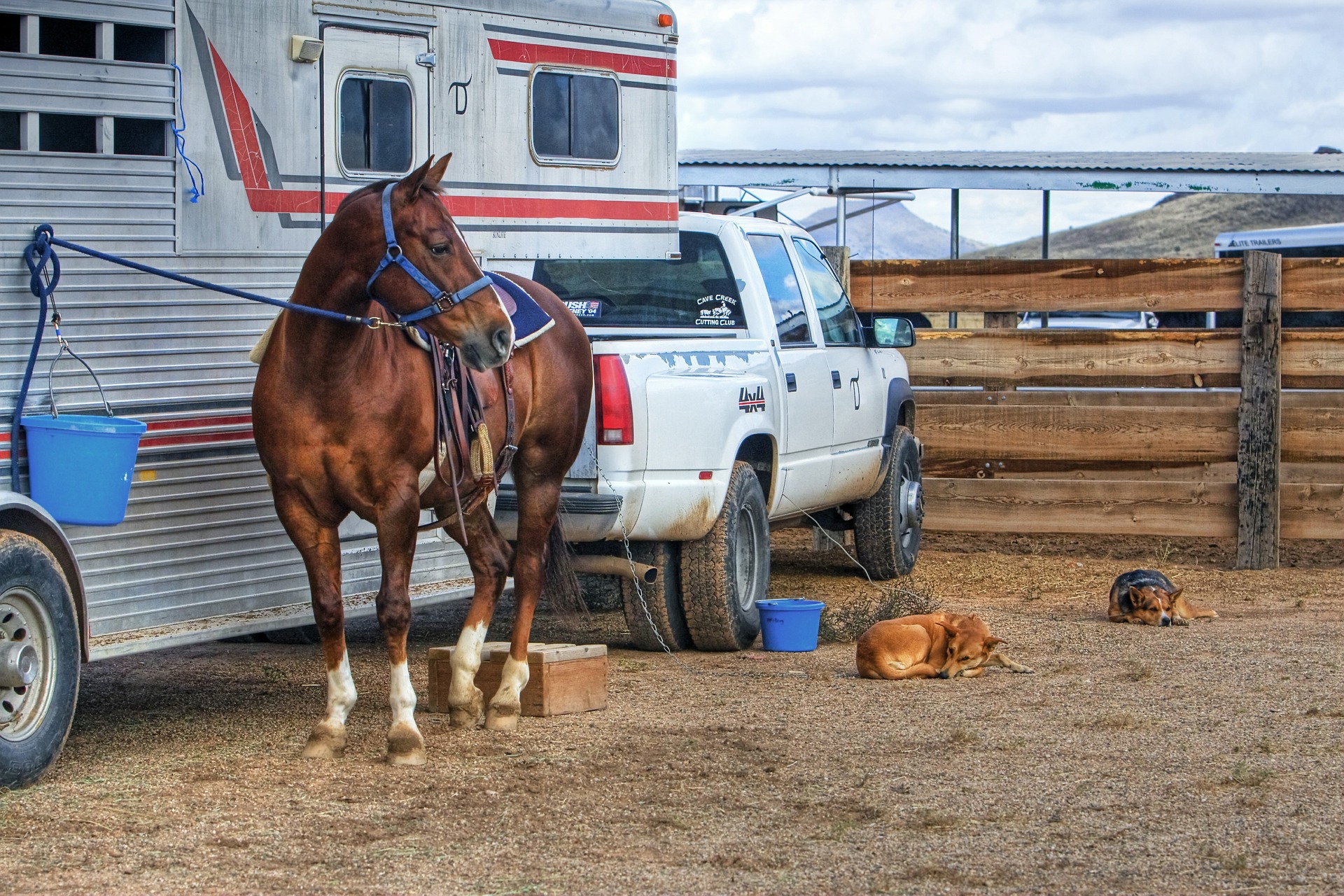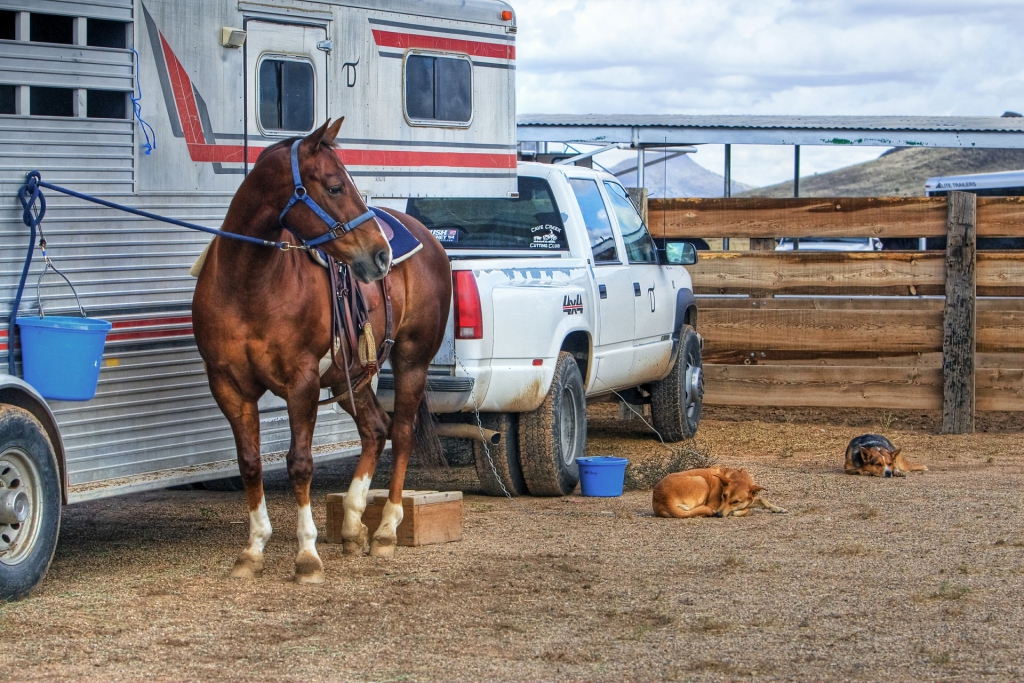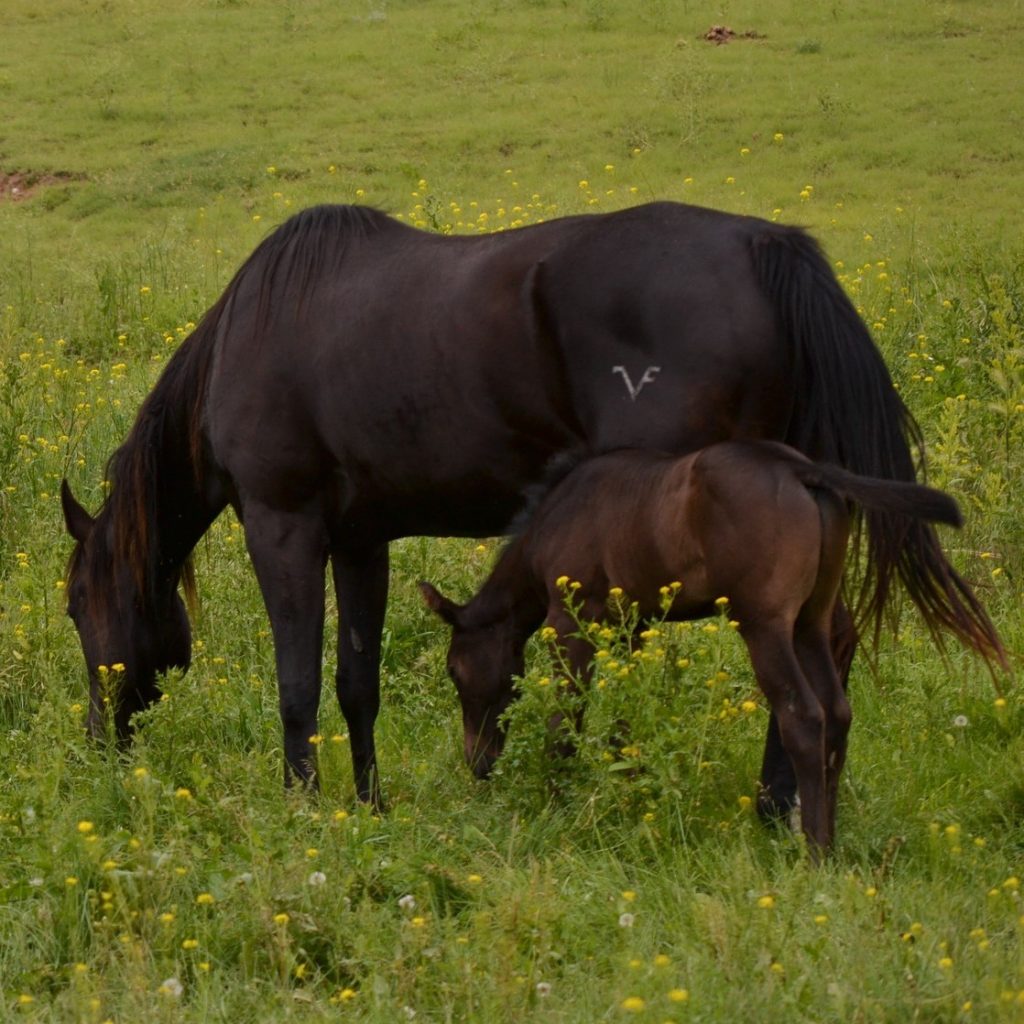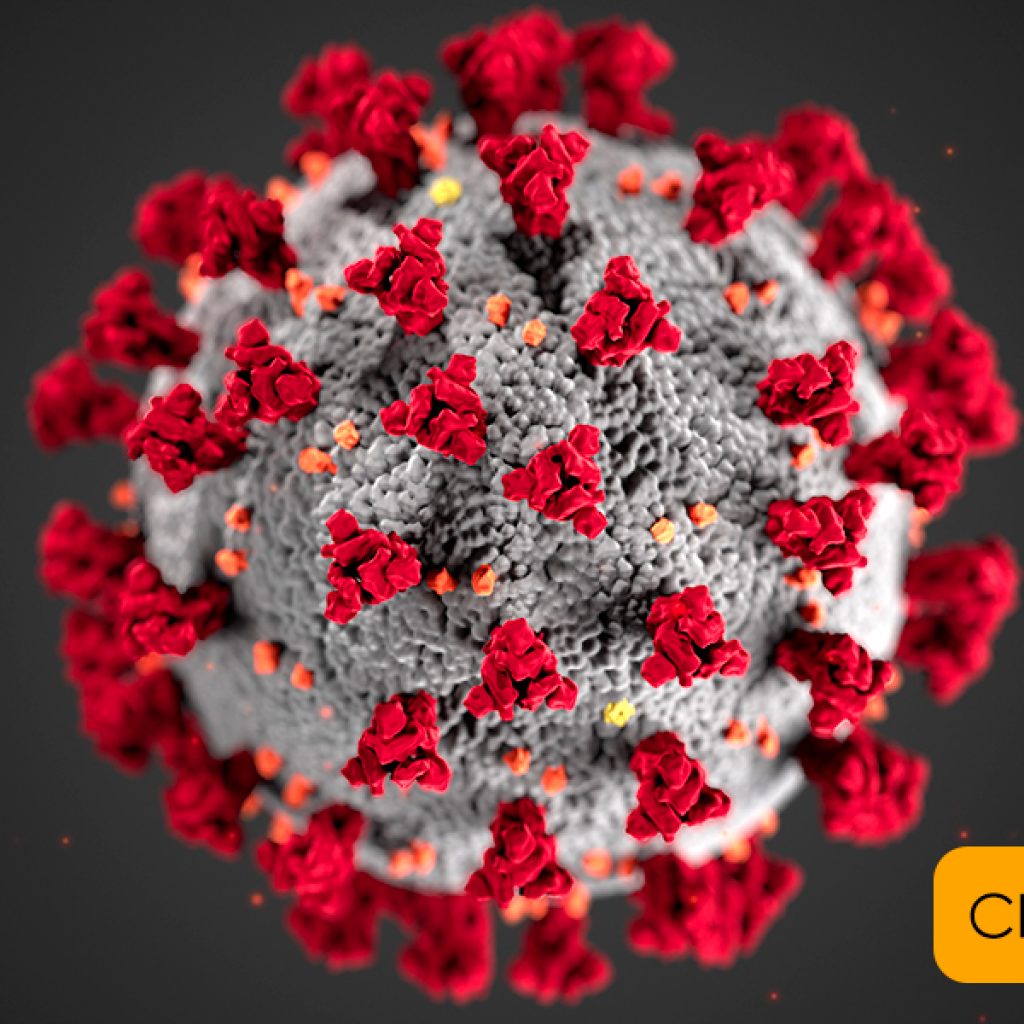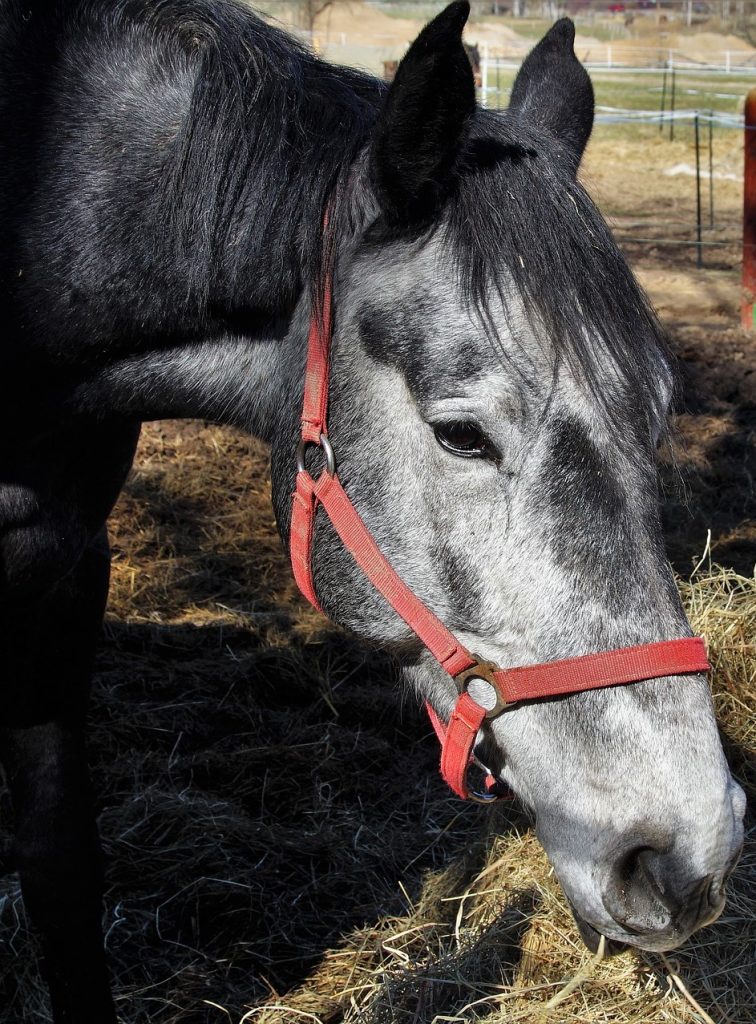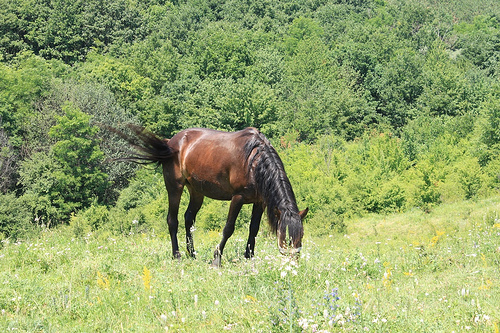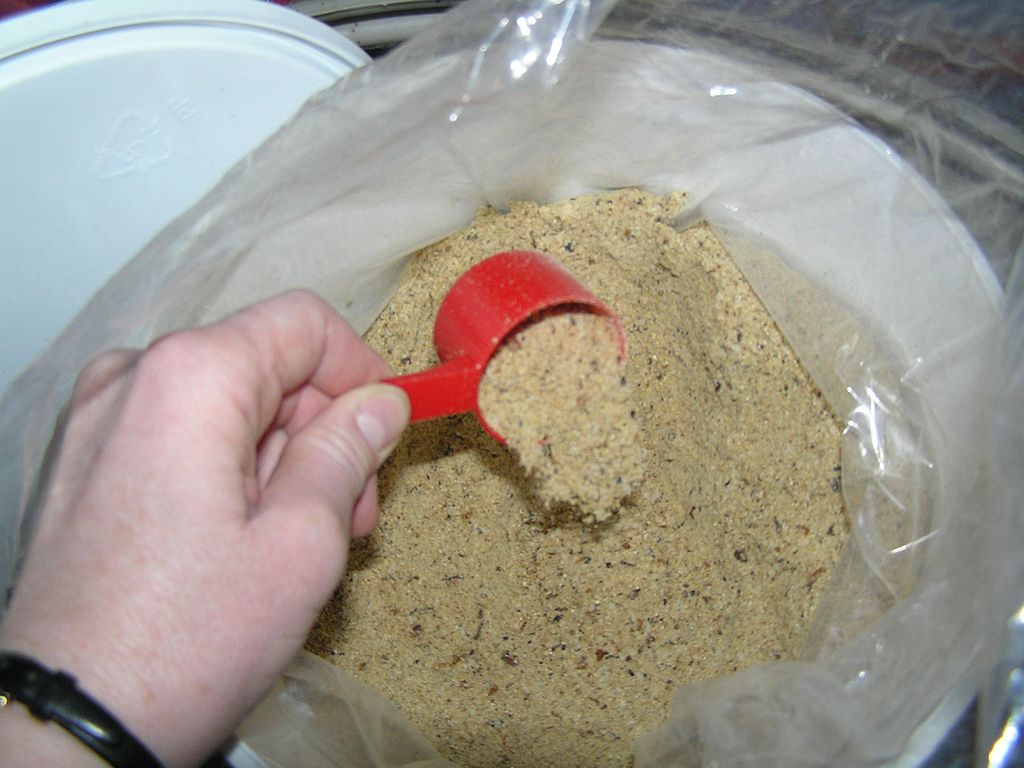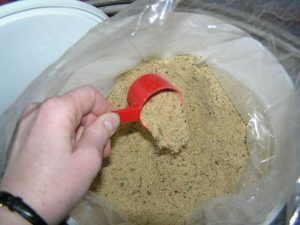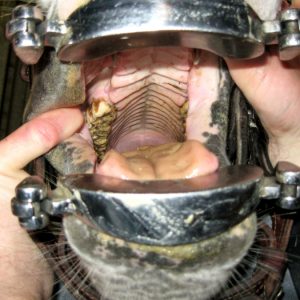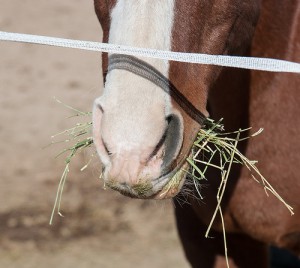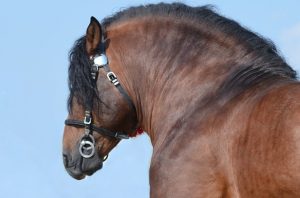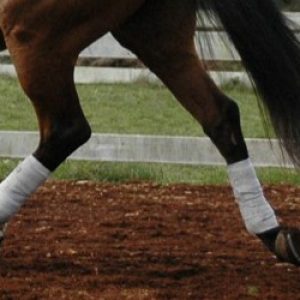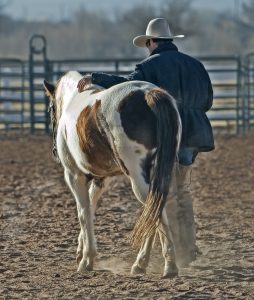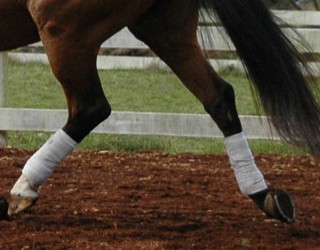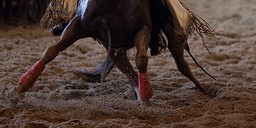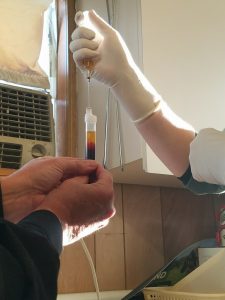Horse Trailering 101
With summer finally here, I hope more and more clients will be loading up their horses and hitting the road on their next great adventure! As you’re packing up your trailer here are a few aspects of trailering that might be worth considering to ensure safe and successful transit.

Trailer Maintenance
While your trailer doesn’t need its oil replaced and its wiper blades changed, it does require annual maintenance to insure safe and effective usage. Every year, ball bearings should be inspected, cleaned and repacked with fresh lubricant. The brake assemblies should be checked to ensure optimal braking and all exterior lights should be inspected and replaced if necessary to provide ample visibility. Make sure your trailer breakaway battery is live and holding charge. Kick those tires a few times. Are they underinflated? Flat? Cracked or succumbing to dry rot? Lift the floor mats and inspect the flooring underneath. Any rotten wood or rusted metal should be replaced to ensure your horse doesn’t fall through the trailer floor. Check the ceiling for any hornets or wasps who have decided to take up residence in your trailer over the last few months. All old bedding should be stripped and new applied to prevent excessive dust from circulating while in transit. Replace old hay with new and if you have a water tank, drain and clean it before adding fresh water for the season.
Trailer First Aid
When traveling with my horse, I always make sure I have a well-stocked equine first aid kit. (Do I have a human first aid kit too you ask? I feel much of my horse’s first aid kit can be utilized for human trauma and there’s always a few Advil floating around the bottom of my purse. That’ll suffice, right?!). In an ideal world, your day to day equine first aid kit would be portable and you could just pack it along with your horse. But, if you are leaving a few equine friends behind, follow this link to learn more about what should be in your equine first aid kit and how to determine if veterinary intervention is required in case of emergency. https://aaep.org/issue/guidelines-equine-emergencies
Now that we have equine first aid covered, what about your trailer? What happens if you get a flat tire? Do you have the tools to change it? The two most important pieces of equipment for changing your trailer tire are a Trailer Aid wheel jack (or something comparable but trust me, this product is a lifesaver!) and a 4-way tire iron lug wrench. There are plenty of good tutorials out there to demonstrate the tie changing process so I won’t go into that here. Just be sure you pull off the highway as much as possible to change the tire, leave the trailer hooked to the truck and leave the horses on the trailer. There are a multitude of other complications that can arise while on the road but this is where having reliable roadside assistance will come in handy!
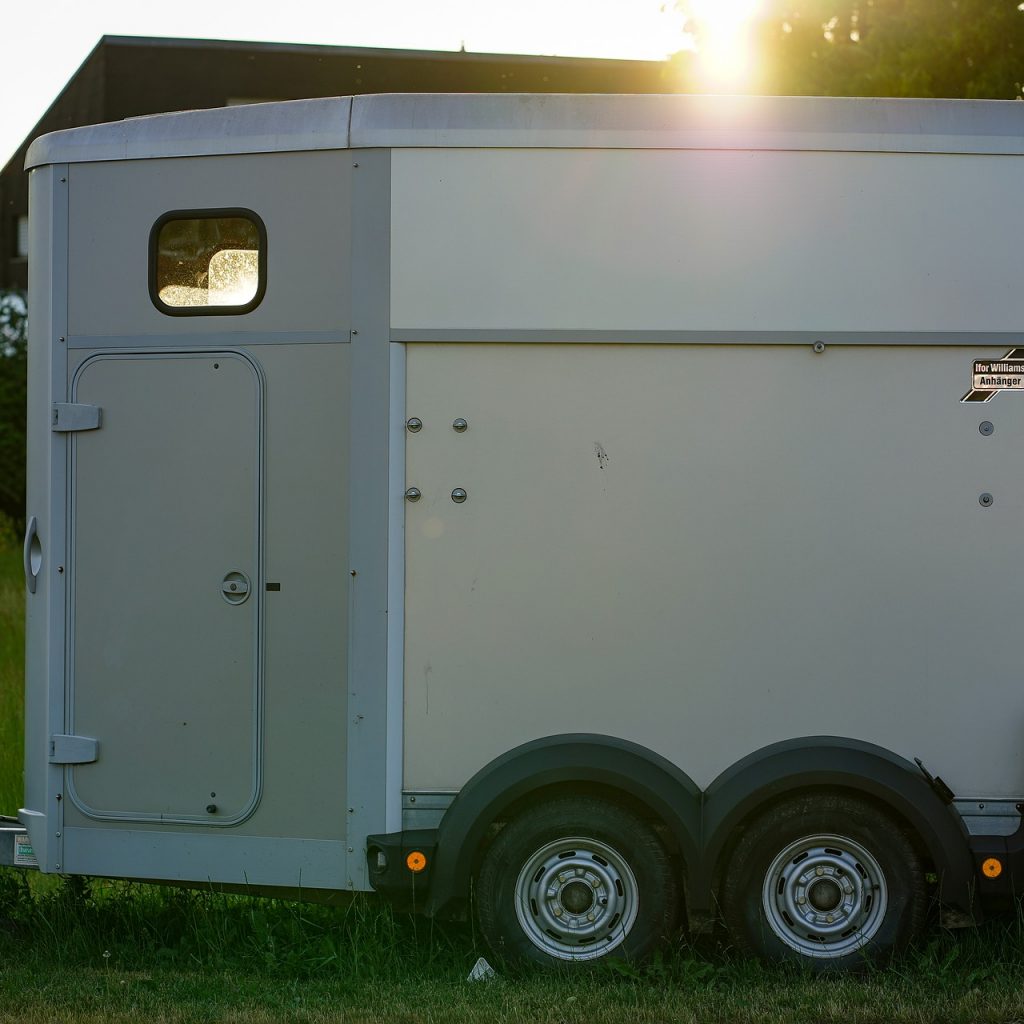
Hauling Safely
Many horseman make the decision to wrap their horses legs while hauling. There are various makes and models of equine shipping boots that are easy to apply and offer superior protection in the case of an accident. Regardless of the length of the trip, as a horseman and veterinarian, I would always recommend wrapping your horse’s legs. You never know when the car behind you won’t be paying attention and may end up rear ending your rig.
In most situations, the horse’s head should be tied a length that precludes him from moving excessively in the trailer while also enabling him to eat, drink and clear his nose. If a horse’s head is tied too short and they’re being shipped for long distances, they are deprived of the ability to clear debris from their upper airways through sneezing and coughing. When this situation arises, equine shipping fever is a common complication of the respiratory tract. I also recommend horses are tied in a trailer with a breakaway halter in case of trailer accident.
As for distance, it is ideal to keep daily travel time under eight hours. If you must exceed this time frame, be sure to offer water to your horse multiple times while on the trip. It is common for horses to go off water while shipping so I recommend clients feed their horses a soaked diet for two to three days prior to a long trip, during the trip and two to three days after the trip to insure adequate hydration. Soaked beet pulp, hay products and grain are great sources of feed that can be used to create a mash. Electrolytes in powder or paste form also work to stimulate thirst and facilitate the consumption of water. Failure to consume adequate water during shipping may result in impaction colic.
Taking your horse off property should be a fun and exciting adventure. Preparing for common difficulties while on the road will help to establish confidence in the trailering experience and will set you and your horse up for success in the case of emergency.


